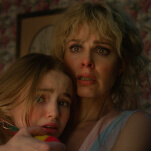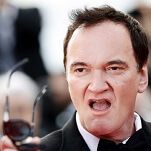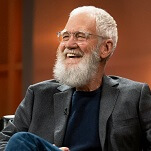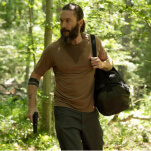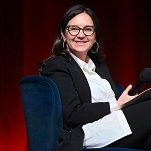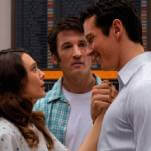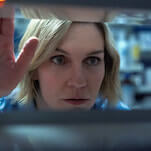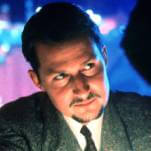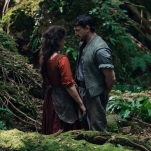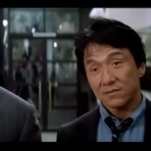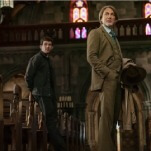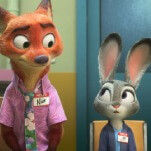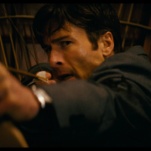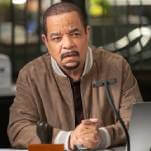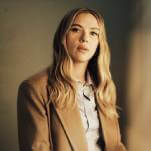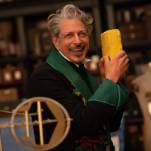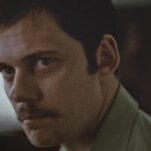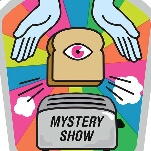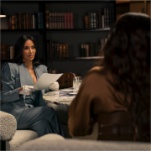Same year, same sets, different Draculas
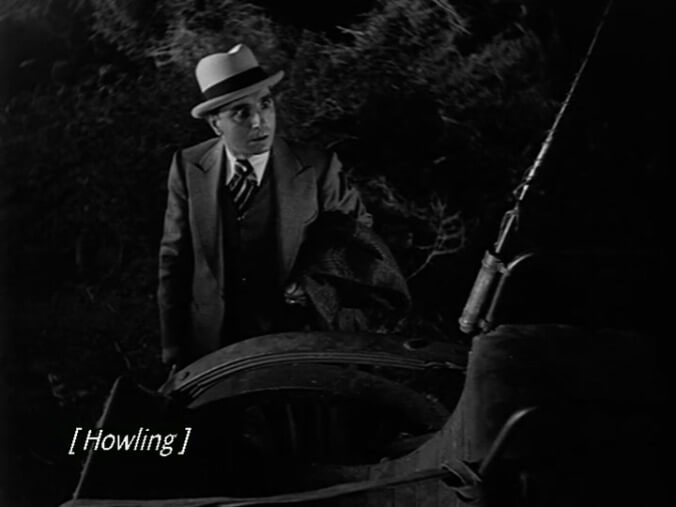
Every day, Watch This offers staff recommendations inspired by a new movie coming out that week. This week: Prepare for Dracula Untold with some of the best of Dracula already told.
Dracula (1931) and Drácula (1931)
In 1930, two versions of Bram Stoker’s most famous novel were shot concurrently, on the same sets with the same script—one during the day and the other at night, one in English and the other in Spanish. The English version, Todd Browning’s Dracula, remains the most popular cinematic adaptation of the story; for many, the (Universal) monster’s name conjures nothing more or less than the image of Bela Lugosi, draped in regal black, waxing poetic about the creatures of the night. The truth, however, is that the shadow Dracula—the cheaper and lesser-known version, the one performed entirely by Spanish-speaking actors in the wee hours—is actually the superior movie, in mostly subtle ways that only become clear when the two are watched in succession or (even better) viewed side by side.
It’s possible that filming this largely nocturnal material during a genuine graveyard shift brought out the proper spirit in everyone involved. Certainly, there’s a liveliness here that’s noticeably absent from Browning’s stiffer interpretation. In an introduction shot for a decade-old DVD release of both Draculas—they were packaged together as part of Universal’s Legacy Collection—star Lupita Tovar (who plays Eva, the Mina character) notes the difference in acting styles, championing her cohorts’ more emotional approach over the “subdued” performances of the English-speaking cast. She’s not wrong, but the more notable differences lie in visual execution: Privileged with the ability to study the dailies of their rival production, director George Melford and his crew conceived of more dynamic angles and ambitious stagings, effectively transforming the set (and blueprint) the filmmakers shared.




